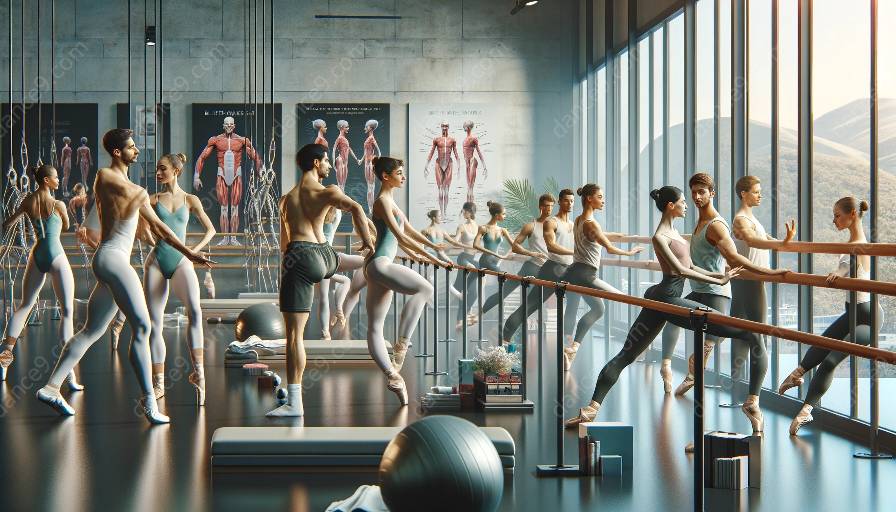Ballet, with its grace, beauty, and athleticism, requires a unique approach to injury rehabilitation and prevention. In this article, we will explore the intersection of health and physical aspects of ballet with its history and theory, delving into the strategies and practices that support dancers' well-being.
The Physical Rigors of Ballet
Ballet is a highly demanding art form that places significant stress on the body. Dancers regularly perform intricate movements that require exceptional strength, flexibility, and control. The repetitive nature of ballet movements and the need for perfect alignment can lead to various injuries, ranging from overuse injuries to acute traumas. These physical demands make injury rehabilitation and prevention essential components of dance training and performance.
Understanding Ballet History and Theory
The history and theory of ballet provide valuable insights into the evolution of techniques, movement vocabulary, and stylistic variations. With roots tracing back to the Italian Renaissance courts, ballet has undergone significant developments over the centuries, encompassing different styles and schools.
Understanding the historical and theoretical aspects of ballet equips dancers, instructors, and healthcare professionals with the knowledge necessary to tailor injury prevention and rehabilitation strategies to the specific demands of the art form.
Integrating Health and Ballet
To effectively address injury rehabilitation and prevention in ballet, it is crucial to integrate approaches that prioritize the health and physical well-being of dancers. This requires a comprehensive understanding of the biomechanics, anatomy, and physiological demands of ballet movements. Additionally, considering the psychological and emotional challenges that dancers may face is essential for developing holistic rehabilitation and prevention programs.
Strategies for Injury Prevention
1. Cross-Training: Incorporating supplementary training such as Pilates, yoga, and strength conditioning can help dancers develop balanced musculature and reduce the risk of overuse injuries.
2. Proper Technique Emphasis: Focusing on maintaining proper alignment and technique during rehearsals and performances can minimize strain on the body and prevent injuries.
3. Nutritional Support: A well-balanced diet and adequate hydration play a crucial role in supporting dancers' physical health and resilience.
4. Frequent Rest and Recovery: Implementing scheduled rest periods and recovery practices is vital for allowing the body to recuperate from the physical demands of ballet.
Rehabilitation Approaches in Ballet
1. Physical Therapy: Customized physical therapy programs can aid dancers in recovering from injuries and regaining strength, flexibility, and range of motion.
2. Mind-Body Techniques: Integrating practices such as mindfulness, meditation, and breathing exercises can help dancers manage pain, reduce stress, and support emotional well-being during the rehab process.
Embracing Innovation
Leveraging technological advancements and innovative approaches such as motion analysis systems and wearable sensors can provide valuable insights into dancers' movement patterns and aid in developing targeted injury prevention strategies.
Preserving the Art Form
By prioritizing injury rehabilitation and prevention, the ballet community can contribute to preserving the longevity and vibrancy of the art form. Empowering dancers with the knowledge, resources, and support they need to sustain their physical and emotional well-being is paramount in safeguarding the legacy of ballet.





























